Being newly diagnosed with high blood pressure your physician may decide to start you on medication to lower your high blood pressure, depending on the severity. Your physician may decide to start you on an ACE inhibitor. One such ACE Inhibitor is “Lisinopril”.
When people are discussing hypertension they are usually referring to primary hypertension or secondary hypertension. These two types of hypertension account for about 90% of all hypertension cases.
Primary hypertension is hypertension which the cause is unknown, this is also called essential hypertension. Secondary Hypertension is caused by another disease.
In this type of hypertension, once the root cause is treated, blood pressure usually returns to normal or is significantly lowered. Diseases that might be a cause of hypertension may be chronic kidney disease, sleep apnea, alcohol addiction, thyroid dysfunction and others.
Advertisement
Watch How Mark Lowered His Blood Pressure Naturally. It was 150/100, this morning it was 110/79
Watch Video
However, there are several types of hypertension that are less common but are not less important. This means it is important to know how to monitor your hypertension based on its type.
Types Of Hypertension:
Malignant Hypertension:
High blood pressure is usually called the “Silent Killer”. It is called this because it does not always have obvious signs or symptoms. Unlike moderate high blood pressure, malignant hypertension has very noticeable symptoms such as:
- Changes in vision including blurry vision.
- Chest Pain.
- Anxiety.
- Nausea or vomiting.
- Numbness or weakness in the arms or legs.
- Shortness of breath.
- Headaches.
- Reduced urine output.
Resistant Hypertension:
So you have made lifestyle changes. You’re taking a diuretic and at least 2 hypertensive medications but your blood pressure is not budging. This is called resistant hypertension.
Simply put, it means your high blood pressure is hard to treat and may also have an underlying secondary cause.
Resistant hypertension may have one or more underlying medical conditions. In addition to treating resistant hypertension with medications, doctors usually investigate secondary cause such as:
- Abnormalities in the hormones that balance and control blood pressure.
- The accumulation of artery-clogging plaque in blood vessels that nourish kidneys, a condition known as renal artery stenosis.
- Sleep issues such as a breath-holding type of snoring known as obstructive sleep apnea.
- Obesity or a heavy intake of alcohol or other substances that interfere with blood pressure.
Pulmonary Hypertension:
Some forms of pulmonary hypertension are serious conditions that progressively become worse and are sometimes fatal. Although some forms of pulmonary hypertension are not curable, treatment can help lessen symptoms and improve the quality of life.
There are several types of pulmonary hypertension and the treatment plan depends on the type. Symptoms can include but are not limited to:
- Shortness of breath during routine activity, such as climbing two flights of stairs.
- Fatigue.
- Chest pain.
- A racing heartbeat.
- Pain in the upper right quadrant of the abdomen near the liver.
- Decreased appetite.
Advertisement
Watch how Julie Lowered her Blood Pressure Naturally. It was 170/110, this morning it was 120/80
Learn More…
Pseudo-Hypertension:
This type of blood pressure usually appears in senior citizens. Non-compressibility, and Osler’s sign of pseudohypertension is a falsely elevated blood pressure reading obtained by the blood pressure machine. This is due to calcification of the blood vessels which cannot be compressed.
White coat hypertension
This is a fairly common phenomenon whereby blood pressure is only elevated when a patient is in the doctor’s surgery. People with white coat syndrome have normal readings at home, and only have high readings when their BP is taken by a doctor.
Isolated systolic hypertension
It’s not uncommon for patients to have either a systolic number that’s elevated while the diastolic number remains normal.
It’s less common to have an elevated diastolic number. This condition is known as isolated systolic hypertension, usually affects older people and tends to result from a clear and defined condition somewhere else in the body.
As a general rule of thumb, the systolic reading tends to be very high in these cases, often close to 200. If it isn’t then general high blood pressure is usually diagnosed. Where the systolic reading is especially high treatment options are generally different to treating general high blood pressure.
This type of blood pressure needs urgent treatment too since recent research carried out at The Heart Disease Prevention Program, University of California uncovered evidence to suggest that the higher the systolic pressure the greater the risk of death from heart disease.
Conclusion
There are various types of hypertension. Getting the correct diagnosis is vital in the treatment of your high blood pressure and getting control over it. Being educated and informed is the best thing you can do to help yourself in any medical matter. With a plethora of information available today we do not need to be misinformed.
Further Reading on types of hypertension:
References used for this Article:

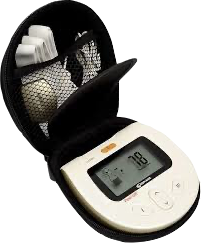
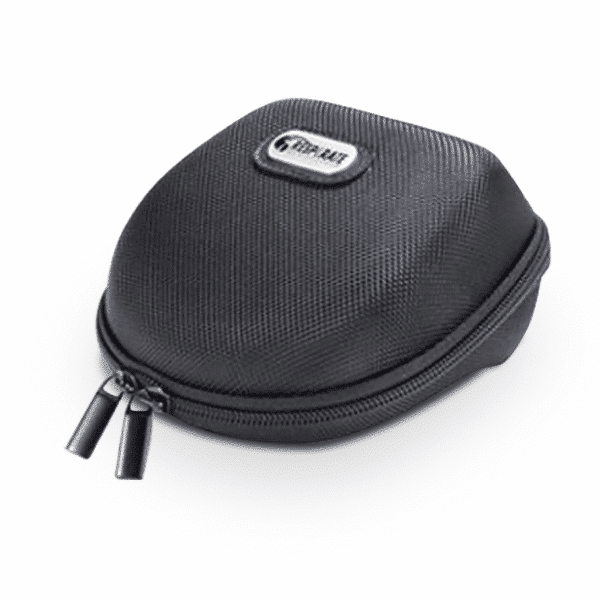
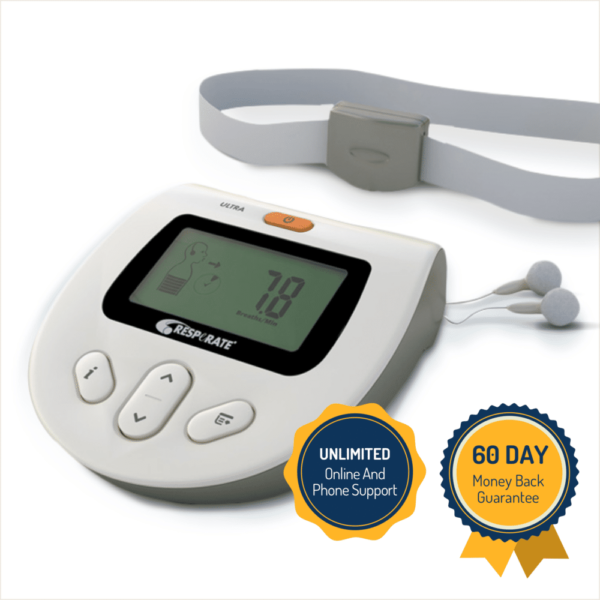
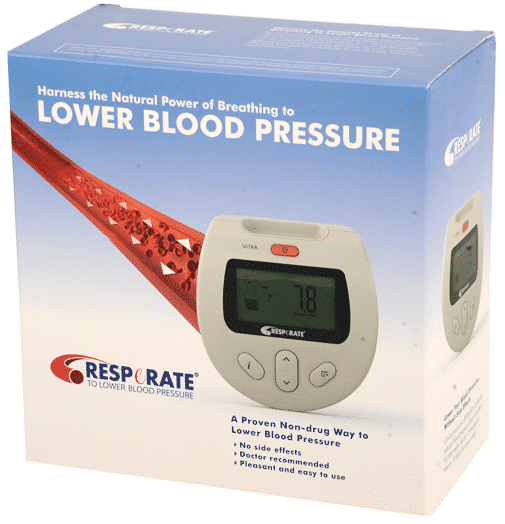

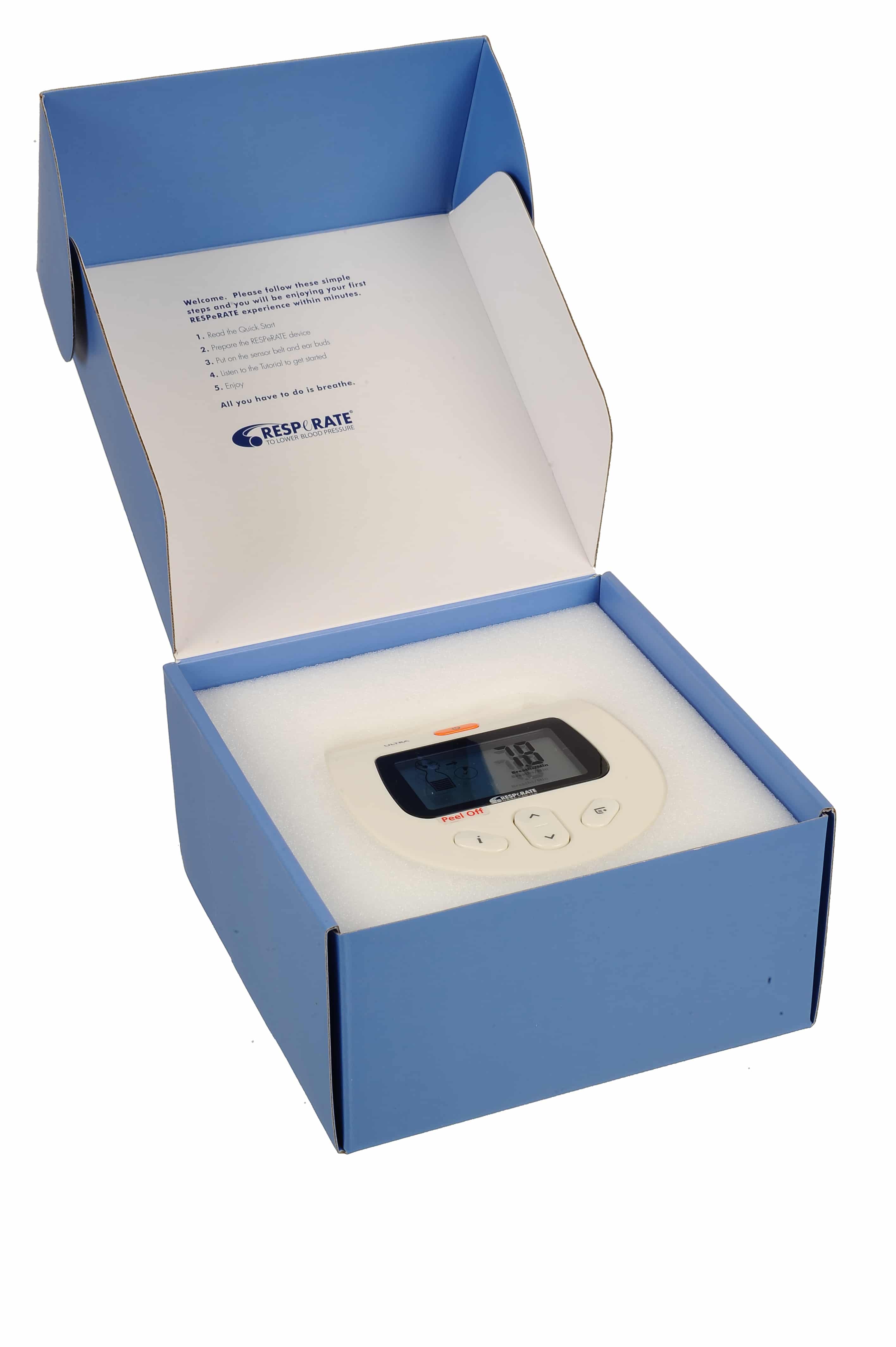
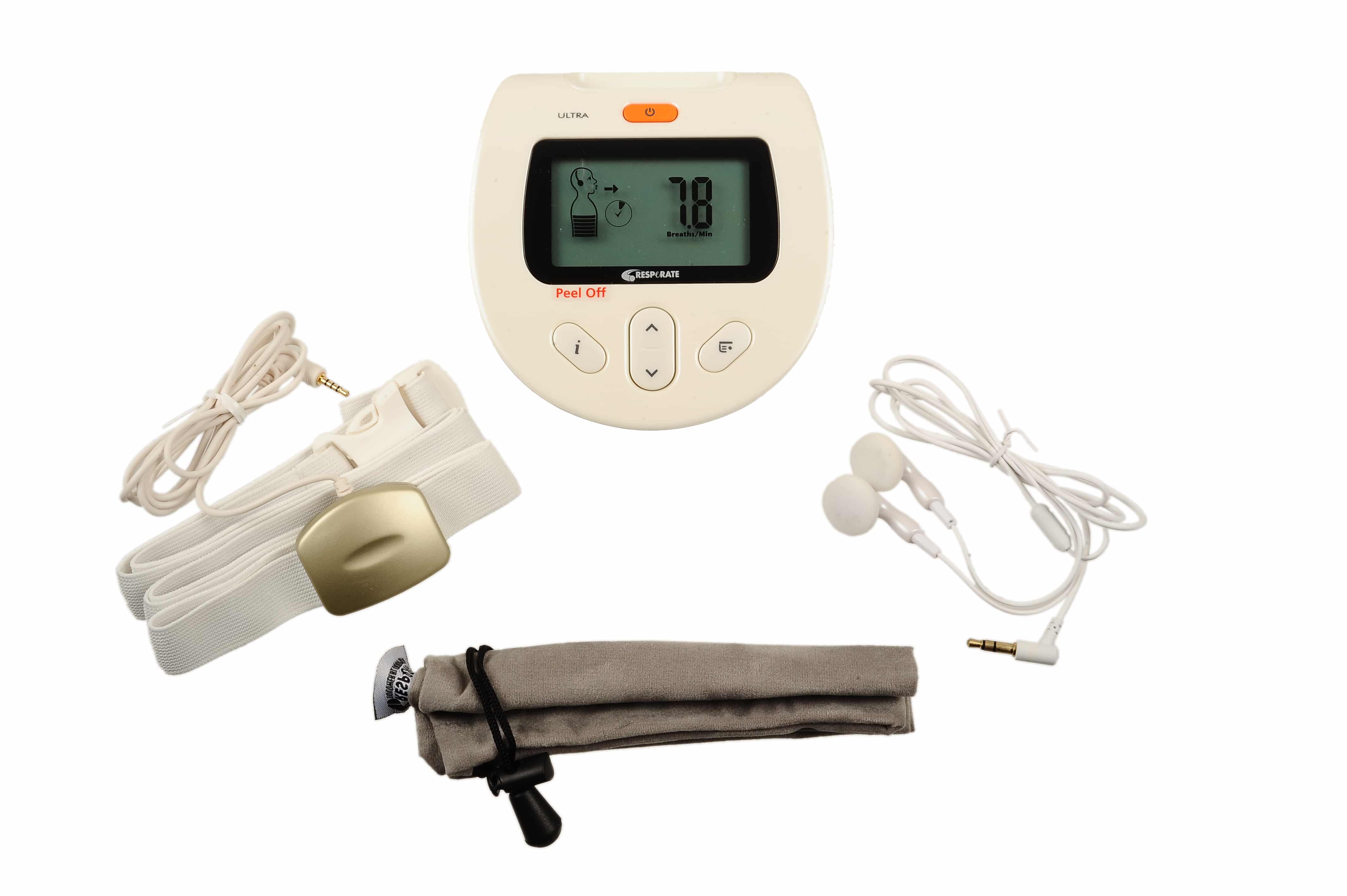
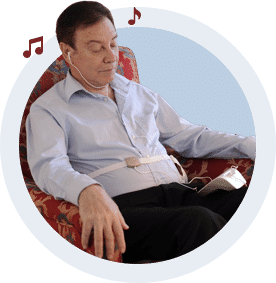
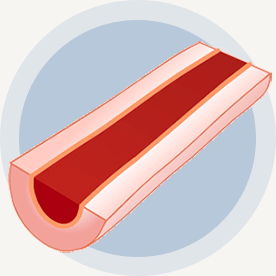
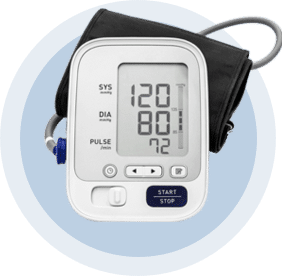
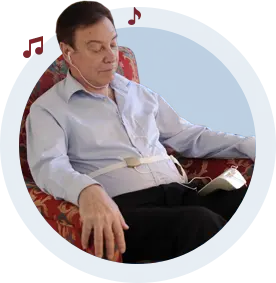

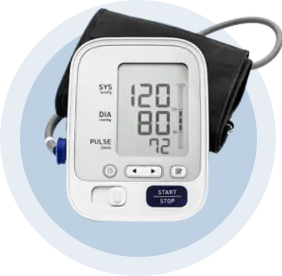




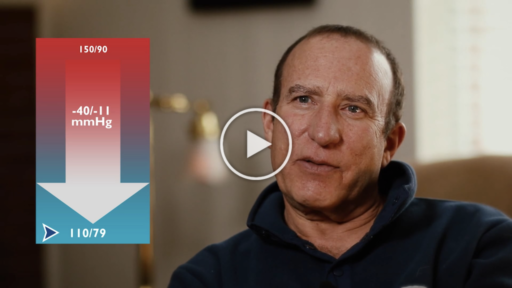
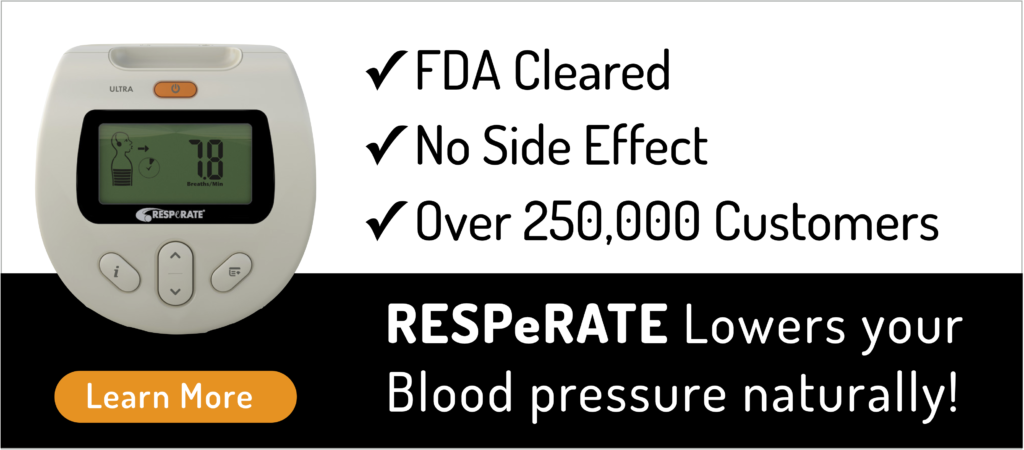

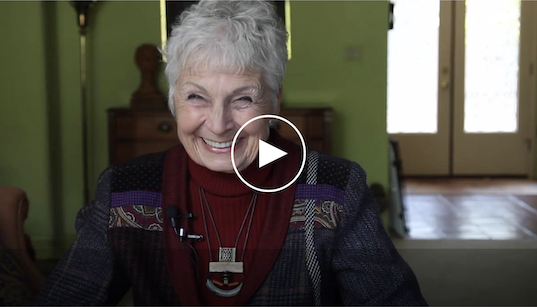

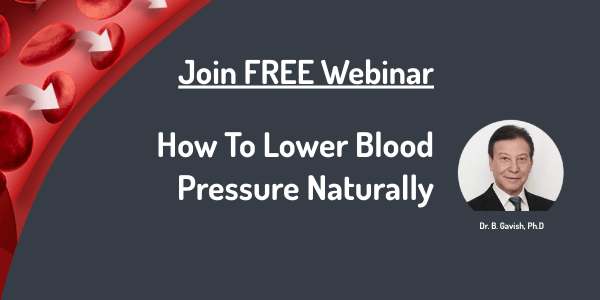


 Download Brochure
Download Brochure